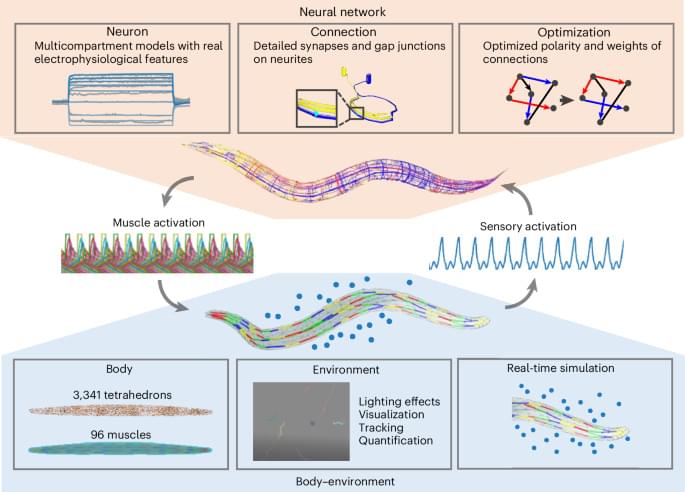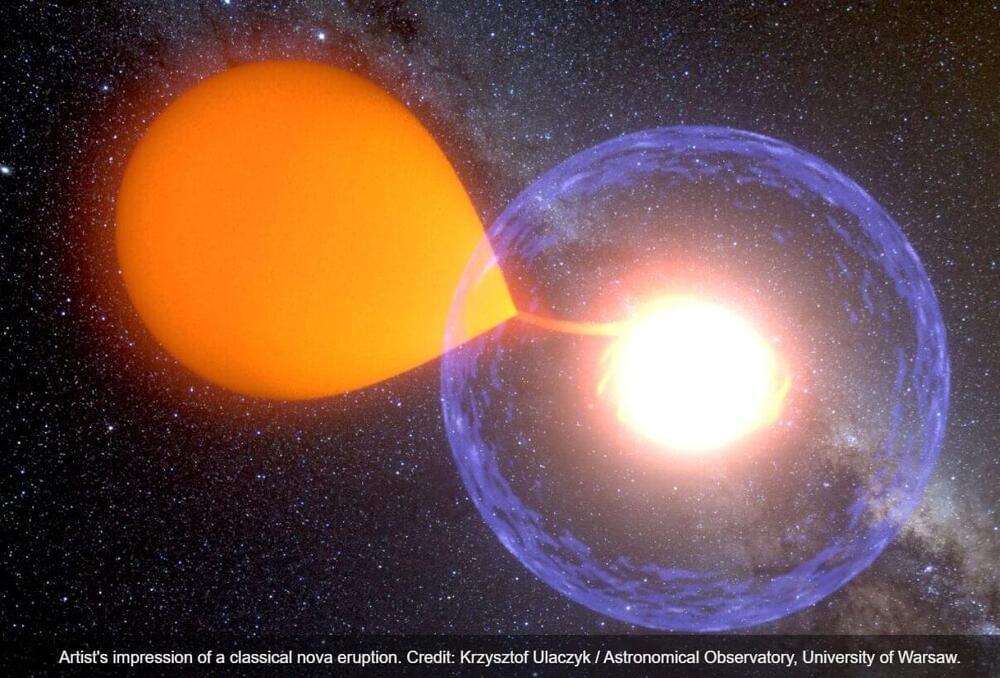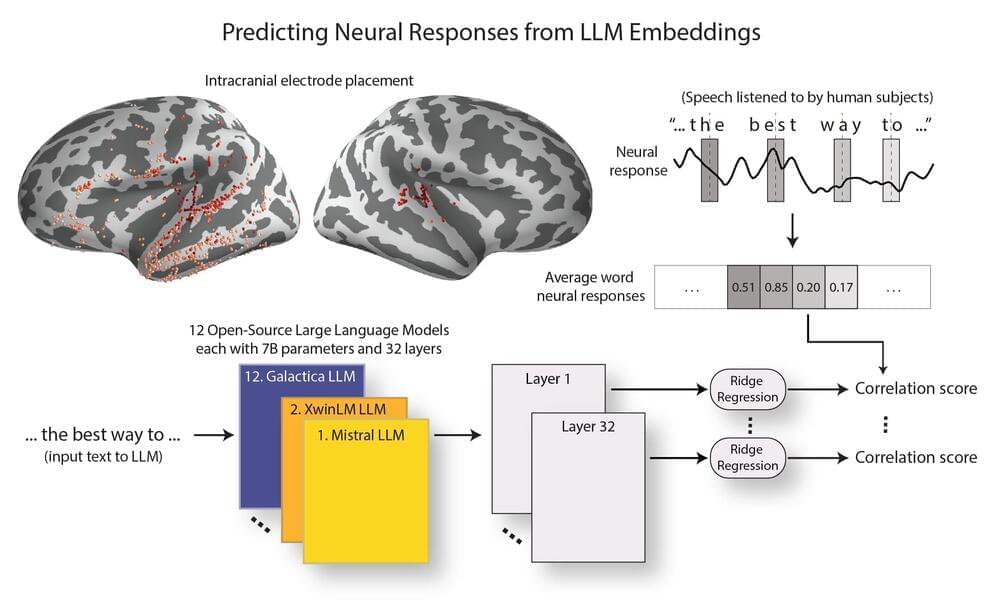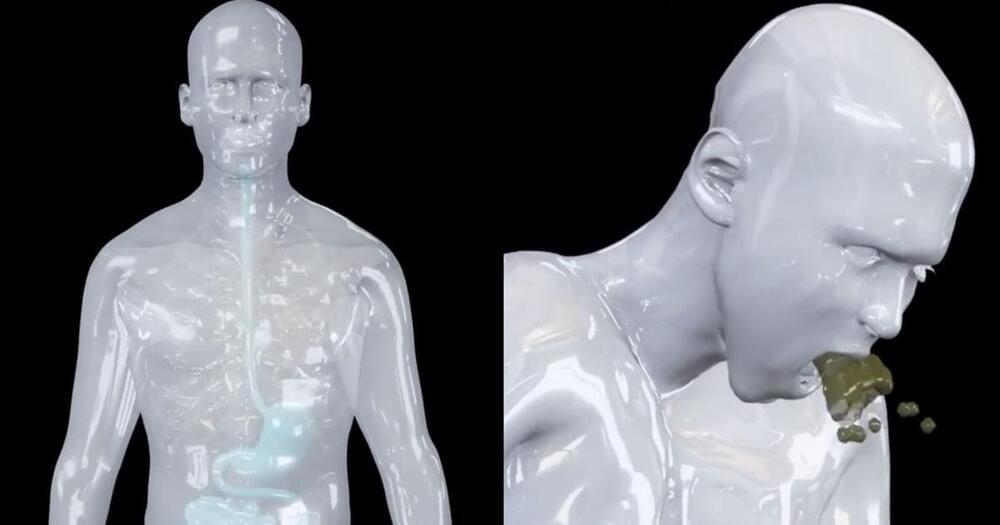
Our neural network model of C. elegans contained 136 neurons that participated in sensory and locomotion functions, as indicated by published studies24,27,28,29,30,31. To construct this model, we first collected the necessary data including neural morphology, ion channel models, electrophysiology of single neurons, connectome, connection models and network activities (Fig. 2a). Next, we constructed the individual neuron models and their connections (Fig. 2b). At this stage, the biophysically detailed model was only structurally accurate (Fig. 2c), without network-level realistic dynamics. Finally, we optimized the weights and polarities of the connections to obtain a model that reflected network-level realistic dynamics (Fig. 2d). An overview of the model construction is shown in Fig. 2.
To achieve a high level of biophysical and morphological realism in our model, we used multicompartment models to represent individual neurons. The morphologies of neuron models were constructed on the basis of published morphological data9,32. Soma and neurite sections were further divided into several segments, where each segment was less than 2 μm in length. We integrated 14 established classes of ion channels (Supplementary Tables 1 and 2)33 in neuron models and tuned the passive parameters and ion channel conductance densities for each neuron model using an optimization algorithm34. This tuning was done to accurately reproduce the electrophysiological recordings obtained from patch-clamp experiments35,36,37,38 at the single-neuron level. Based on the few available electrophysiological data, we digitally reconstructed models of five representative neurons: AWC, AIY, AVA, RIM and VD5.









